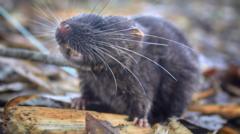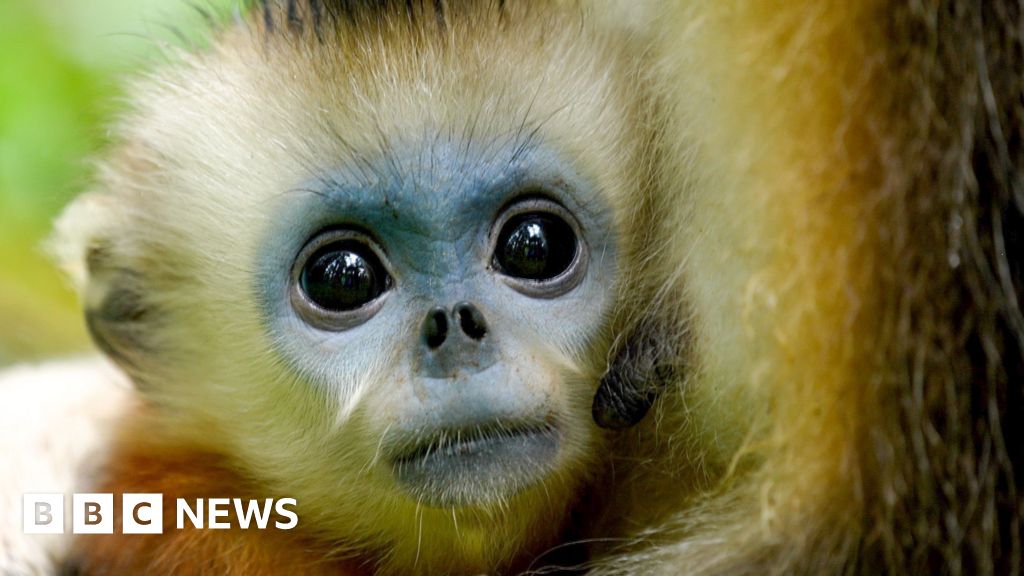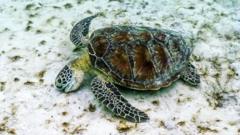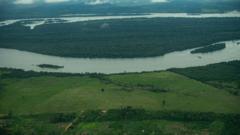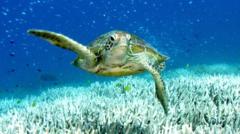A recent expedition in Peru's Alto Mayo region has led to the discovery of 27 new species, including an amphibious mouse with webbed feet and a uniquely-shaped "blob-headed" fish. This initiative, carried out by scientists from Conservation International in collaboration with local indigenous communities, reveals a complex tapestry of biodiversity in a landscape significantly influenced by human activity.
Conservation International estimates that up to 48 additional species may potentially be new, pending further investigation. Trond Larsen, the organization’s senior director, remarked on the surprises of finding numerous unfamiliar mammals and vertebrates in regions negatively impacted by deforestation and agricultural practices.
Alto Mayo, located in northern Peru, serves as a protected area showcasing an array of ecosystems alongside indigenous territories. The region grapples with the challenges of high population density, which exacerbates pressures on the environment. Yulisa Tuwi, an Awajún community member involved in the research, highlighted that such findings empower their commitment to conserving their cultural heritage and natural resources.
The expedition unveiled a range of remarkable species: a new dwarf squirrel that measures only 14cm, faster and smaller than typical grey squirrels; eight unique fish varieties; three amphibians; and ten butterfly types. The "blob-headed" fish, a distinctive bristlemouth armoured catfish, amazed researchers with its enlarged head—an attribute unknown to science yet familiar to the indigenous Awajún people.
Among the new mammals is a spiny mouse, recognized for its coarse guard hairs, mimicking hedgehog spines, contributing to its survival mechanisms. An equally captivating find was an amphibious mouse, part of a rare rodent group known for its semi-aquatic lifestyles, adding further ecological diversity.
As the expedition illustrates, the invaluable traditional knowledge of the Awajún people is crucial in understanding the intricate webs of life within the forests they inhabit. This collaborative approach promises to foster greater ecological awareness and the preservation of Peru's unique wildlife amid ongoing environmental threats.

